Everyone needs Shalom.
Reform Jewish Community
Merrimack Valley Area
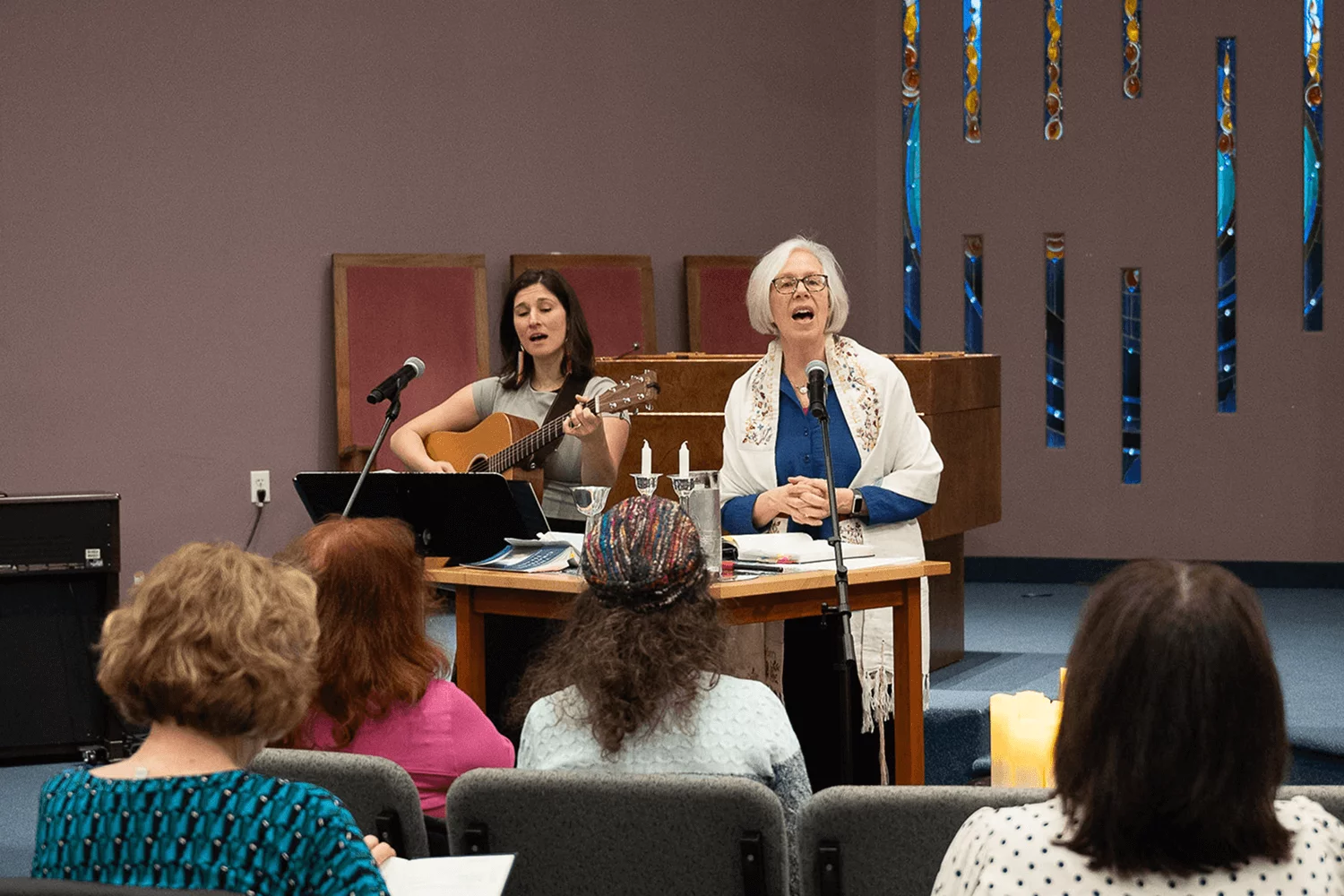
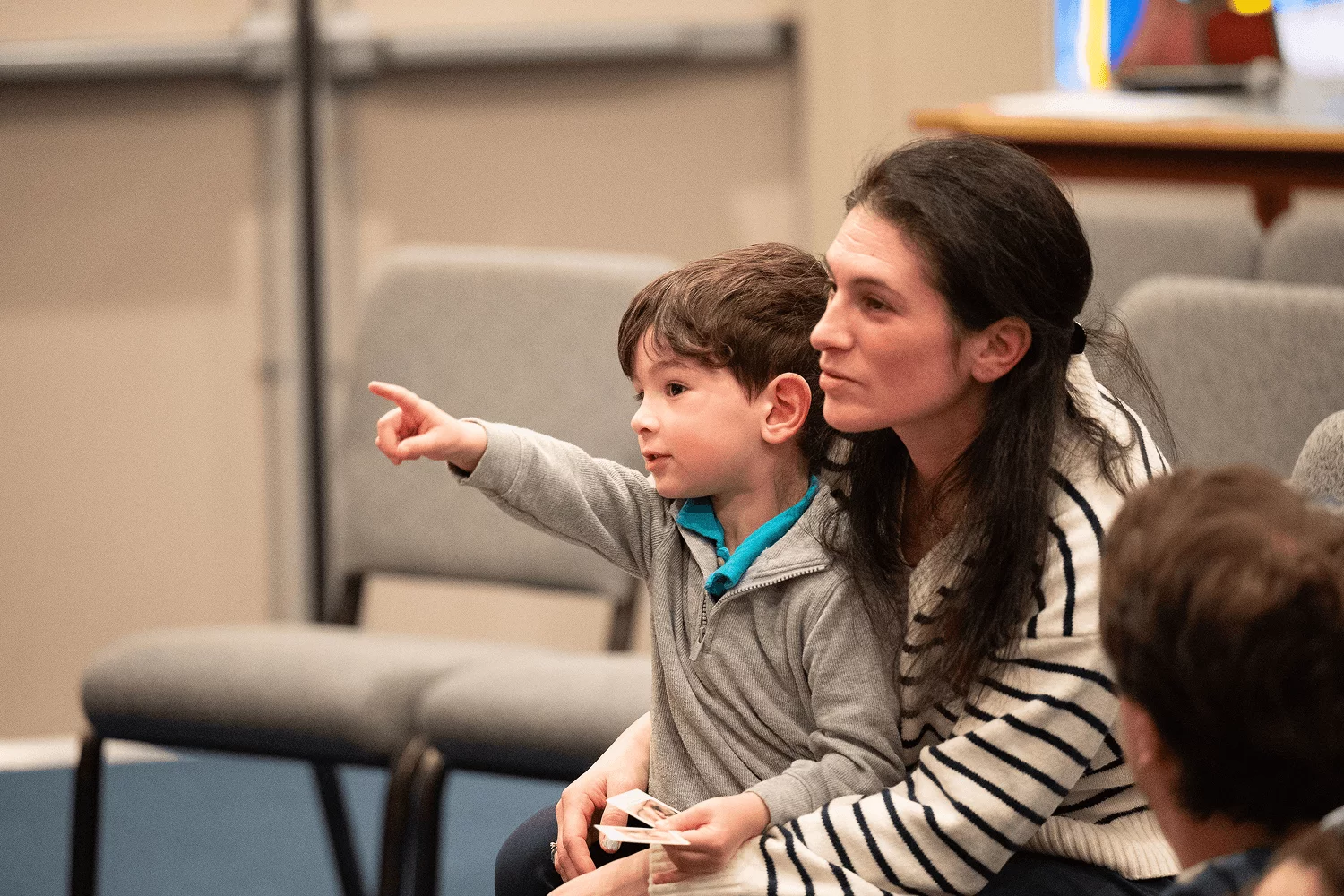
Join for Shabbat every Friday.
Usually at 7:00pm.
Always welcoming.
Our Services
Whether you’re joining in person or tuning in from home, come share in the spirit of rest and renewal. Check out our service schedule and live stream details.
Sunset Shabbat
Tot Shabbat
Family Shabbat
Themed Shabbat
B’Mitzvah (Saturday)
Service Schedule
Live Stream
The Spotlight
Don’t miss a thing! We’re highlighting the news, events, and opportunities happening in our community right now that we think you should know about.
There’s a Dinosaur Knocking at Our Door!
Celebrating the 30th Anniversary of our 1995 Building Expansion
How do you Shalom if you are a teenager?
The Most Tragic Sin is Silence: A Reckoning for Jews About Democracy
We’re more than a building - we’re an extended family.
200
With 200 families, we’re an intimate community that supports and celebrates our members through every milestone moment.
22
Our members come from 22 Merrimack Valley area towns, from the Boston suburbs to Southern New Hampshire.
8
Eight ritual items in our sanctuary - including our Torah Reading Table and Ner Tamid - were designed or handcrafted by members.
$ ___
No dues, just belonging. Our voluntary pledge model ensures that Jewish life is accessible and inclusive.
This is how we live Shalom.
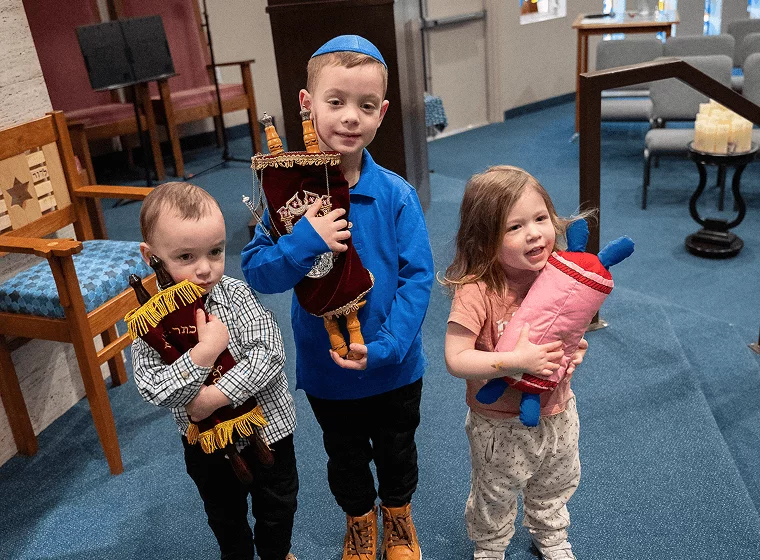
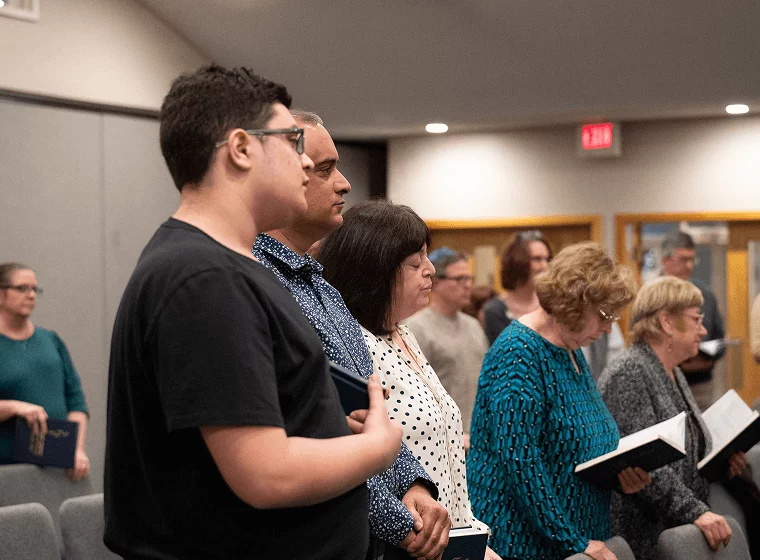
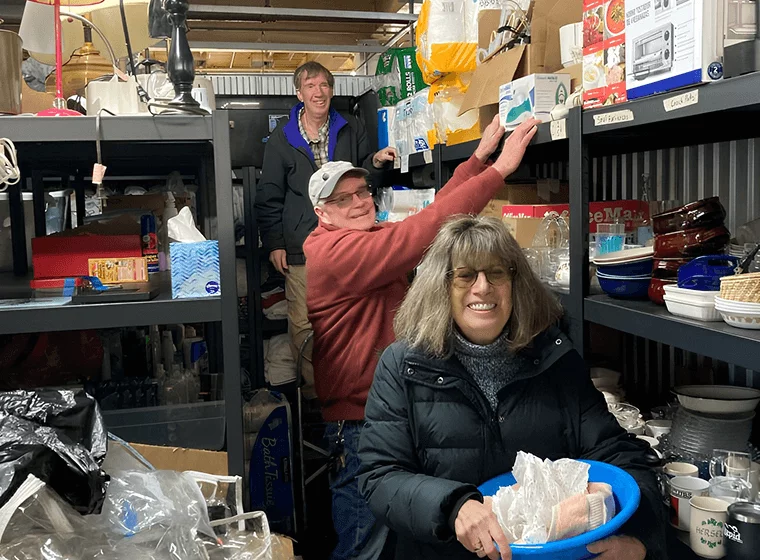
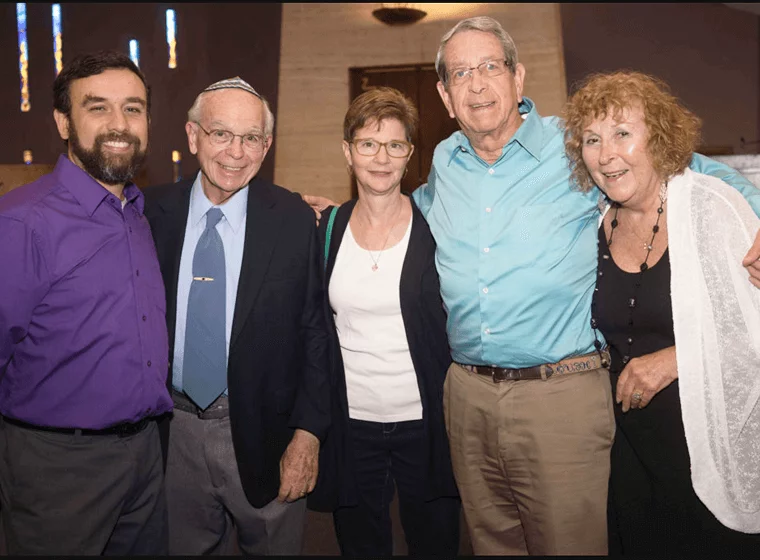
We nurture a lifelong curiosity and love of Jewish life, knowledge, and wisdom.
We come together to mark life’s milestones and observe the sacred rhythms of Jewish time.
Rooted in Jewish tradition, we take action with purpose to build a more just and caring world.
Find your people through groups and gatherings that spark friendship, meaning, and joy.
Call / Email / Visit
Contact Us
© Congregation Shalom. All rights reserved.